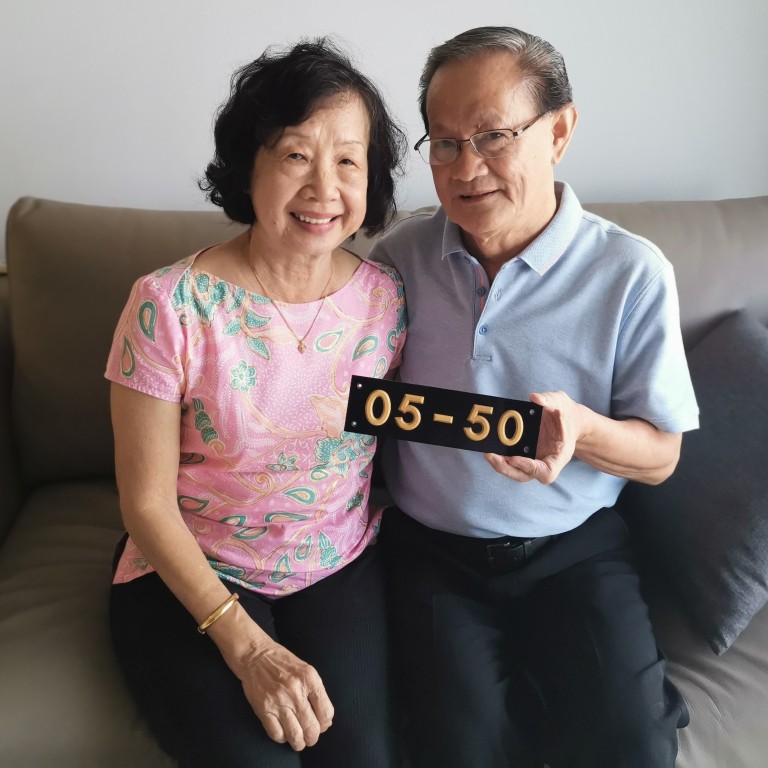
These Singaporeans won the housing lottery. Did money buy happiness?
- A group of Singaporeans in their 60s and 70s became millionaires overnight when their condos were bought in collective sales by land-hungry developers
- But it’s not all smooth-sailing, as health woes and adjustment issues persist
Allen Chung, 73, thumbs a rectangular plastic piece bearing the unit number of his old home. He pierces the nostalgia-filled moment with an abrupt admission, a mischievous glint in his eyes.
“We actually took this without permission,” he said. His 71-year-old wife Ann, a retired teacher, smiles sheepishly next to him.
For 30 years, the unit number adorned the entrance of their 1,600 sq ft family home in Shunfu Ville. The condominium, located in a central suburban neighbourhood, was sold collectively in 2016 to Chinese developer Qingjian Realty, netting the Chungs a cool S$1.78 million (US$1.3 million) – 50 per cent more than what they would have received had they sold their individual unit on the resale market, and almost eight times what they paid for it in 1986.
Does Singapore’s kampong spirit hold key to living with dementia?
In en bloc deals such as this, owners of more than 80 per cent of the share value of the project must agree to a sale before the entire development is placed on the market to be sold to developers or the government to redevelop the land.
The couple is among a group of lucky Singaporean seniors who have enjoyed lavish profits as their ageing homes were sold in collective deals in the past decade.
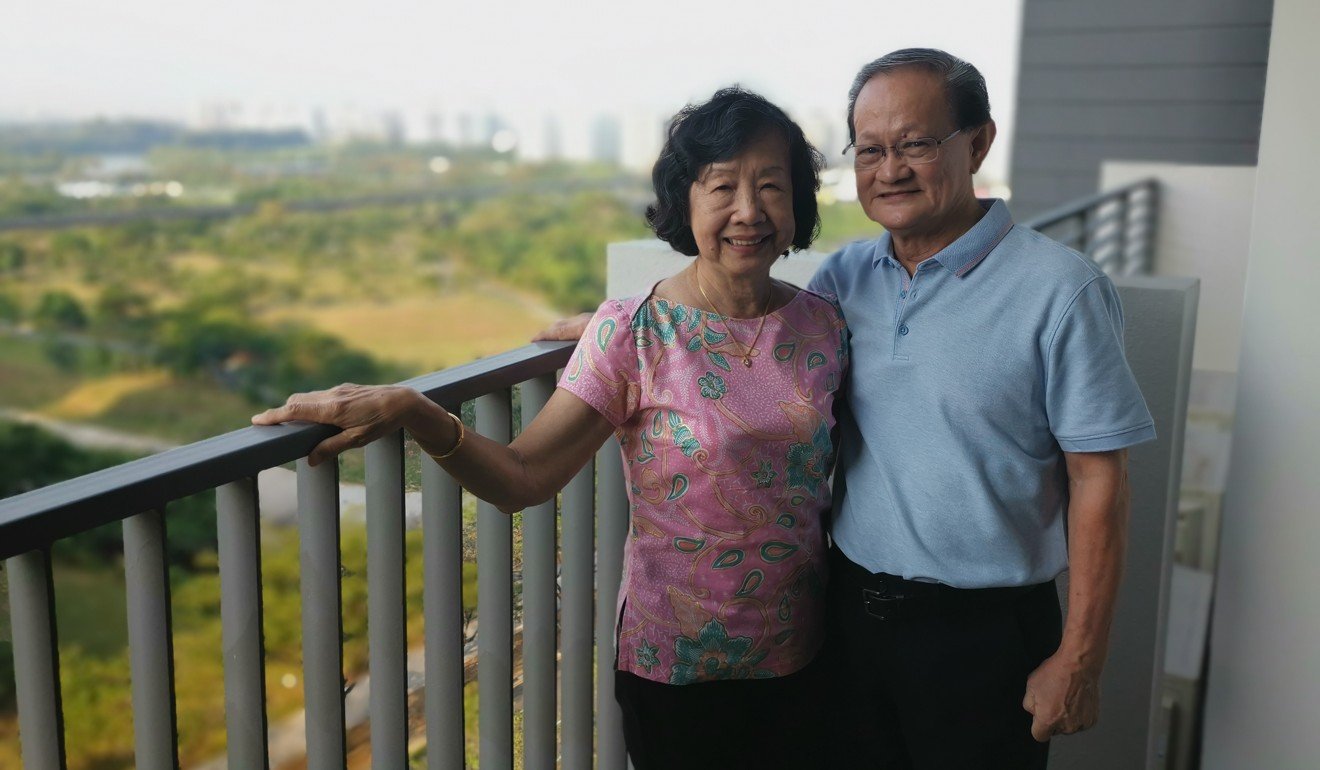
Most of these owners bought their units for a relative pittance in the 1970s and 1980s, and saw their values multiply up to tenfold as developers swooped in to gather landbanks in the land-scarce island nation, with some deals crossing the billion-dollar mark.
However, while delighted with the cash in hand, such elderly folk have also felt the emotional and logistical pain of leaving their homes. This is seen in the many photos the Chungs took of moving-out day – including one showing a visibly teary Ann.
CARE-FREE LIVES
Many elderly couples are happy to be the unwitting windfall recipients of larger economic forces at play in the Singapore real estate market.
Property agent Tracy Goh, associate director of collective sales at real estate agency PropNex, observed that for older en bloc projects above 30 years old, about 40 per cent of the residents were original owners in their 60s and 70s.
Singapore avoids recession: what does it mean for its election timetable?
Each owner is estimated to have bagged an average of S$2.7 million based on the total collective transactions worth S$19.35 billion since 2016, according to data from Colliers.
Now these couples, most of whom have self-sufficient children, live idyllic days – a much-desired lifestyle in Singaporean society where the retirement age is due to be raised and self-reliance is the norm in the absence of government handouts.
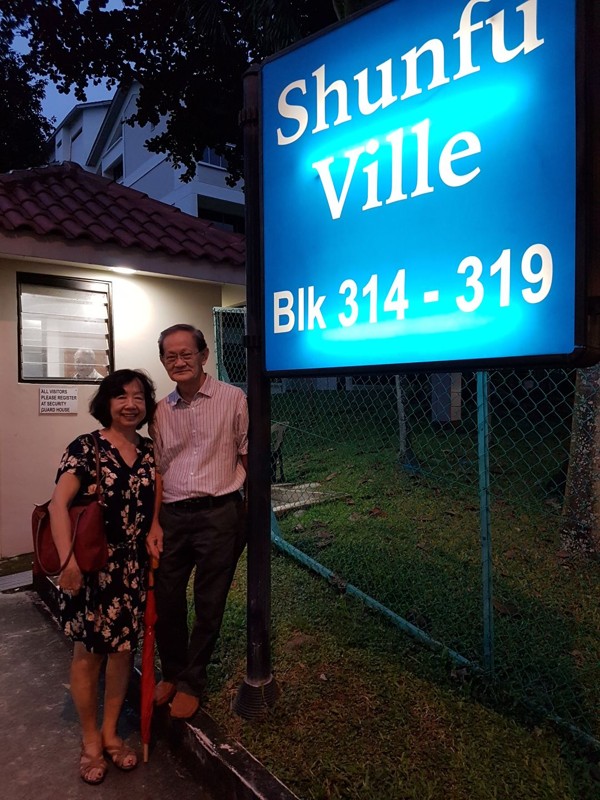
For the happily retired Chungs, their infant granddaughter is the highlight in this season of their lives. Pictures of their weekly outings line the living room television console in their S$1.1 million park-facing home in Sengkang – a relatively young town in the north-east dominated by rows of public housing.
I bought it with no hesitation
Every year, they make it a point to travel with their two middle-aged sons and their families. “We go to higher-end hotels now – maybe three stars and above, but we don’t splurge,” said Allen Chung, a former Singapore Airlines purchasing supervisor.
Three times a week, he drives his S$100,000 Mazda 3 saloon – his biggest personal expense since the collective sale – to a sports club to play badminton.
“I bought it with no hesitation,” said Chung, adding that he chose it over a S$140,000 Volvo in an automobile market where six-figure price tags are common.
However, he has spent more time in his car than he intended to. Chung recalled how he would get lost driving home at the start of last year when he had just moved to Sengkang.
“I got so angry with myself. All the road names here look the same and it’s like a maze,” he said. “I even stopped by the roadside and called my wife at home to ask for directions.”
Further southwest in the lush surroundings of Upper Bukit Timah, Tan Li Kheng, 65, spends most days arranging artificial flowers sourced from travels with her husband Lee Chun Ho, 66, who is picking up calligraphy himself. Strewn around their ground-floor unit are ornate flower pots, each the result of hours of painstaking handiwork.

A retired cartographer who was with the National University of Singapore for more than 30 years, Tan still plots out maps on a desktop computer on a freelance basis. Some commissioned works go for up to a few hundred dollars – small change for someone who was sitting on a S$3.2 million cash pile in 2012 when her private flat in the heart of town was bought up in a collective sale.
Yet, the Lees have remained disciplined in their lifestyle, spending slightly less than half the amount on their new home. The main reason for this is Tan’s health, which started declining when her kidneys failed in 1996.
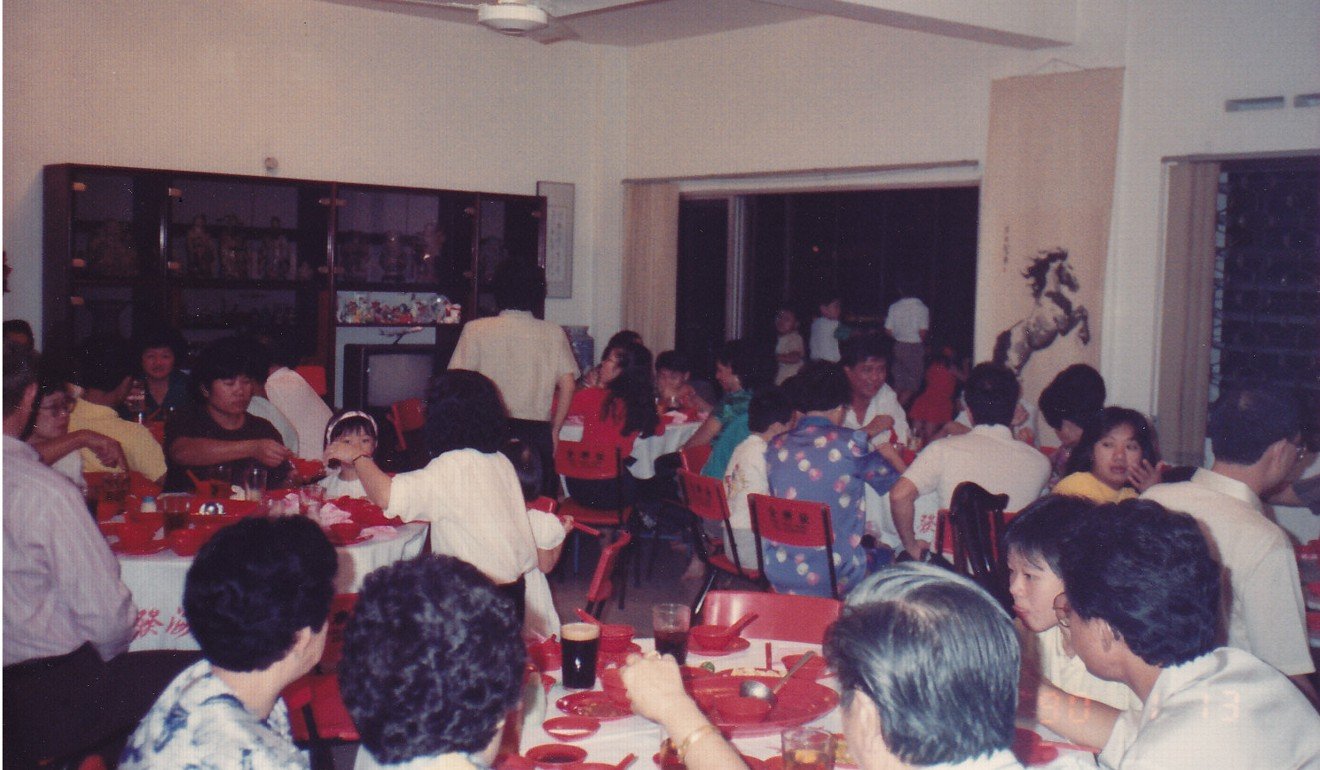
She has since had procedures for her heart, neck and a broken leg, even spending about S$100,000 cash for an overseas kidney transplant in 2006. Now, she spends about S$10,000 to S$20,000 annually on her medical expenses. “My biggest fear is for my health now, especially with rising medical costs, so we can’t spend too much,” said Tan in Mandarin, adding that they had wanted to buy a penthouse unit at first but changed their minds due to her mobility problems.
Why Hong Kong cannot copy Singapore’s approach to public housing
However, some en bloc seniors such as Cecil Chan, 73, are more than happy to splash the cash.
He pocketed S$2.3 million from the sale of his 1,680 sq ft Eunosville unit in 2017.
“I’m happy as hell, that’s my retirement plan right there. I’ve always looked at property as an investment,” said Chan, who now spends his time cooking and has already taken three long holidays this year to far-flung places like Tanzania.

ALL ROADS LEAD HOME
To the Chungs, their old Shunfu home represented a quiet middle-class family life characterised by routine. Allen and Ann went to the same workplaces and came home every day to their sons for the best part of 30 years.
Old habits die hard. Even now, close to two years since leaving their home, the Chungs still gravitate back to Shunfu two or three times a month, partially driven by the shortage of amenities in their new area.
“We travel all the way because we know the market stall owners and buy our favourite yong tau foo there,” said Ann, referring to a local Chinese dish.
For the Lees, they miss hosting large groups in their old home the most.
Lee said he could easily accommodate more than 60 people in the living room alone, and the party could even be extended from the ground-floor unit out to the car park right outside, where they would line up buffet tables.
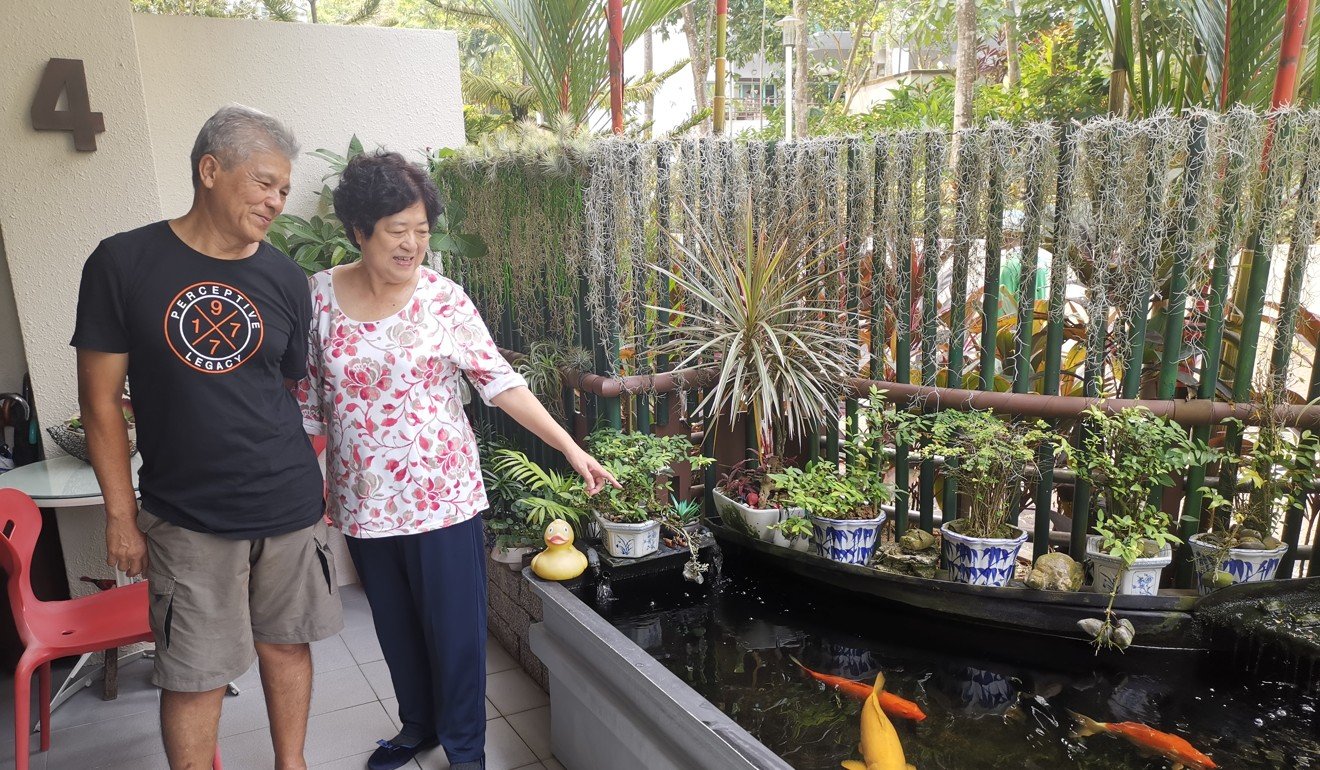
JUST REWARD
Most of the old-generation owners feel the en bloc payout is a fair reward for a life of toil. Retired tutor David Leau, 69, who still organises karaoke sessions with his old neighbours, said his favourite song was Applause by the late Mandopop singer Fong Fei Fei, which he felt was reminiscent of his own life.
“It represents all the sourness and bitterness of a tough life that has finally become successful,” said Leau. “The en bloc sale is like a reward.”
Beset by recent health issues, Leau also had a failed manufacturing business that lost him hundreds of thousands of dollars in the 1980s. In 1985, he moved into a S$230,000 unit at Farrer Court.
“The en bloc sale was not all about luck,” he said. “When I was down and needed money, we could have sold the house – but somehow my wife was very determined to pull through.”
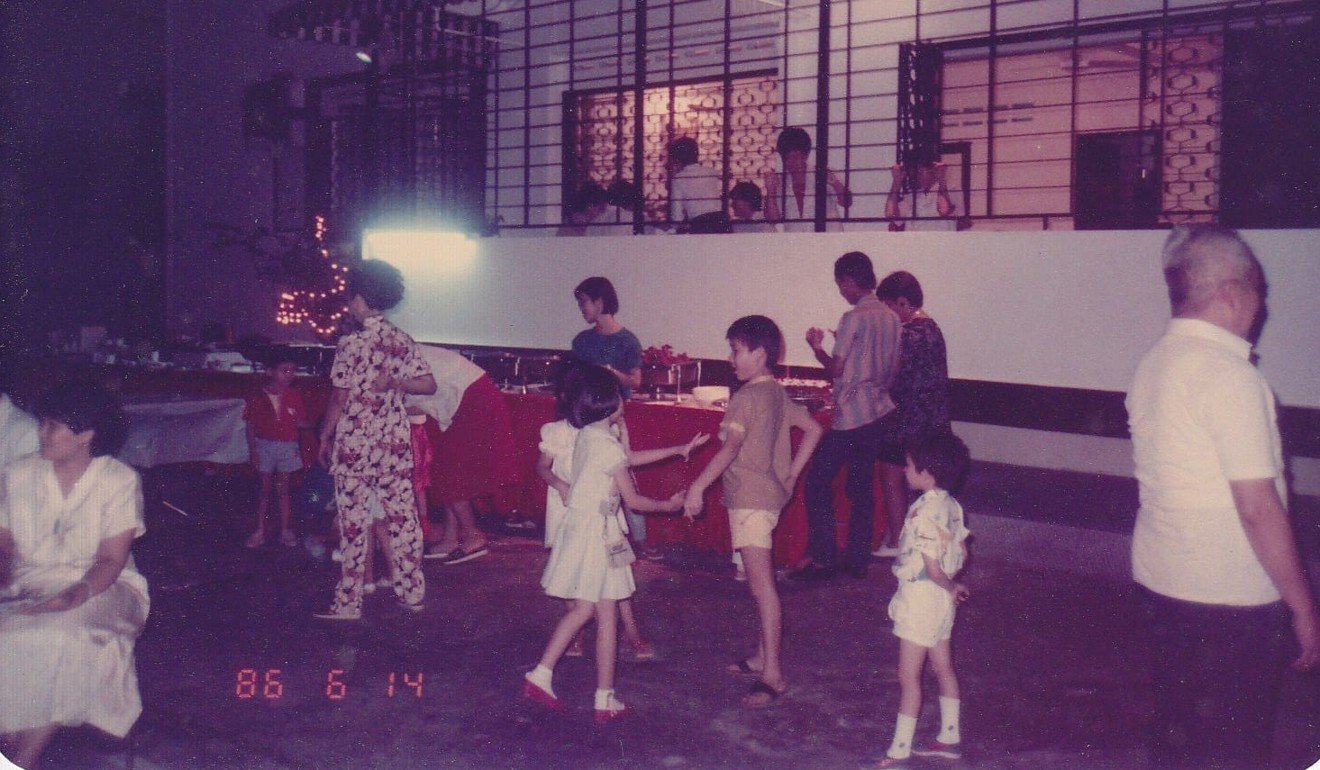
It certainly paid off. Farrer Court, located next to a major road that runs through the wealthy Bukit Timah area, was bought for a then record S$1.34 billion by a CapitaLand-led consortium in 2007.
Leau spent the S$2.25 million proceeds on two condos, which have since proved to be shrewd purchases. These days, he spends his mornings at the Singapore Botanic Gardens, a Unesco heritage site, leading a group of fellow seniors in tai chi sessions. “I still live the same simple life as I did not have a rich background and was raised thrifty and hardworking,” said Leau, whose elder daughter is married. “I’m very contented and happy, just waiting for grandchildren.” ■










